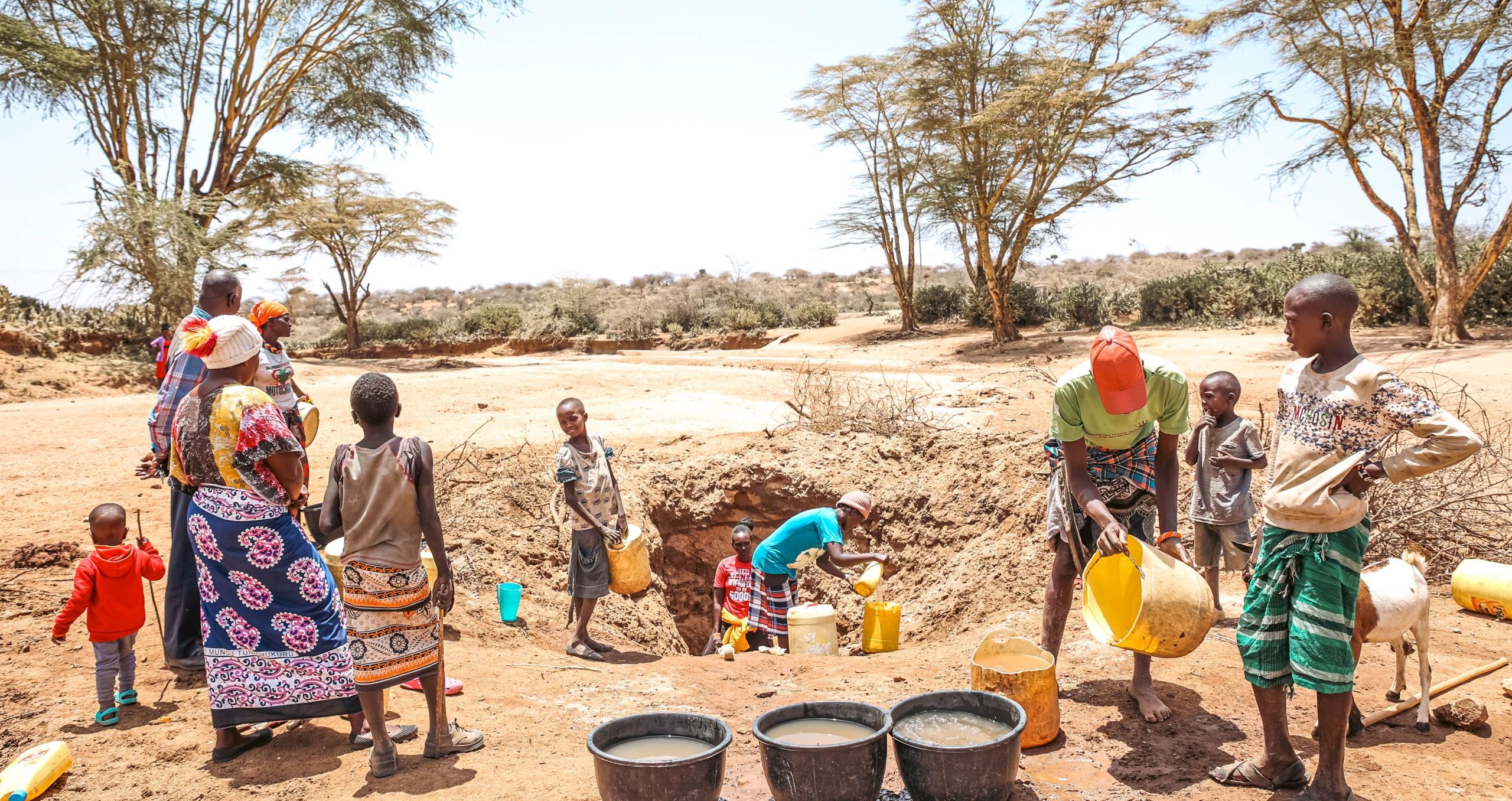
Ewaso Ng’iro River Basin
The Indigenous Movement for Peace Advancement and Conflict Transformation (IMPACT) in the Kenyan rangelands supports Indigenous Peoples in securing re...

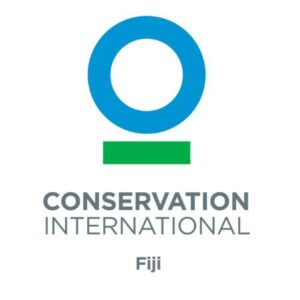
In Fiji and the Cook Islands, the Vanua o Lau and the House of Ariki will work together to advance Indigenous Peoples’ goals for sustainable resource use and management – including strengthening the management of coastal and offshore Marine Protected Areas (MPAs), and the restoration of degraded and terrestrial protected areas – and strengthen their resilience to climate change through delivery and revitalization of traditional farming skills and knowledge. The Vanua o Lau will develop the enabling conditions for the management of the Lau Seascape at scale by strengthening traditional governance at community and island level across the Lau Province, while the House of Ariki will work to integrate critical cultural considerations, including identification of traditionally and culturally significant sites, within the design of the Marae Moana Marine Park.
Under this initiative, managed as two Indigenous-led initiatives, one in Fiji and one in the Cook Islands, ICI aims to improve practices in 11,019 hectares of landscapes/territories and in 161,200 hectares of marine habitat, improve the management of a total area of 172,219 hectares, and engage 11,153 direct beneficiaries.
Strengthen knowledge of traditional governance and resource management practices, in alignment with national laws (training of Indigenous leaders and communities on customary management and governance, integrating local knowledge into management approaches, guidance of leaders on relevant national policies, laws and regulations, leadership training, regional leadership exchanges)
Document cultural knowledge and heritage of IPLC, including linkages between religion and traditional stewardship (cultural mapping of traditional knowledge, sharing traditional knowledge through storytelling, recordings and exchanges between elders and youths)
Establish tools and frameworks to ensure the protection of cultural resources (develop and formalize a network of Cultural Heritage Sites of Significance, develop Cultural Impact Assessment Framework)
Strengthen application of cultural approaches to natural resources management, including traditional farming, agroforestry restoration and traditional medicine (ethnobotany research, develop toolkit and guidebook to support islanders in applying traditional food production practices)
Improve management of coastal fisheries and marine resources (coastal fisheries improvement projects, assessing risks and performance of fishery, establish MMAs)
Identify pathways for economic development of IPLC groups, with specific focus on income-generating opportunities for women and youth (improve local value chains, increase market access for rural communities, develop branding and marketing strategies, strengthen market access and economic returns from sale of handicrafts)
Strengthen financial and project management capacity of IPLCs (training on financial management and project development, review traditional governance protocols and SOPs)
Assess financing mechanisms and pathways to support and sustain IPLC-led conservation and resource management
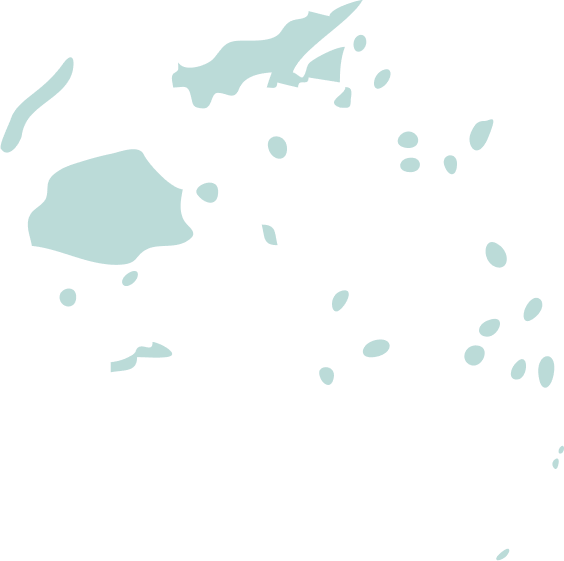
FijiCook Islands
483,104
11,502
Global Biodiversity Hotspots and High Biodiversity Wilderness Areas:
Polynesia-Micronesia
Key Biodiversity Areas:
Fiji: Kabara – Fulaga Coastal Vesi Forest
Cook Islands: Pukapuka Marine; Atiu Island; Mangaia Island; Suwarrow Atoll Marine; Proposed Central Pacific World Heritage Site
Important Bird Areas:
Fiji: Ringgold Islands Marine; Northern Lau Marine; East Kadavu Passage; Ogea; Vatuvara
Cook Islands: Suwarrow Atoll Marine
World Heritage Sites:
Cook Islands: Proposed Central Pacific World Heritage Site
Protected Areas/ Wildlife Management Areas/etc.:
Fiji: Moala-Naroi; Maloku, Nuku; Vadra; Keteira; Vunuku village MPA; Totoya-Tovu and Dravuwalu village MPA; Matuku-Makadru and Qalikarua village MPA; Vanuavatu-Taira village MPA; Vanua balavu- Mavana; Daliconi village MPA; Cicia–Tarukua; Natokalau; Naceva; Lomati village MPA; Nayau-Narocivo; Salia; Liku village MPA; Lakeba-Tubou; Waitabu; Waciwaci; Nukunuku; Vakano village MPA; Oneata-Waiqori village MPA; Navatu Reef; Duff Reef
Cook Islands: Marae Moana; Swarrow; Pukapuka; Takutea; Manuae
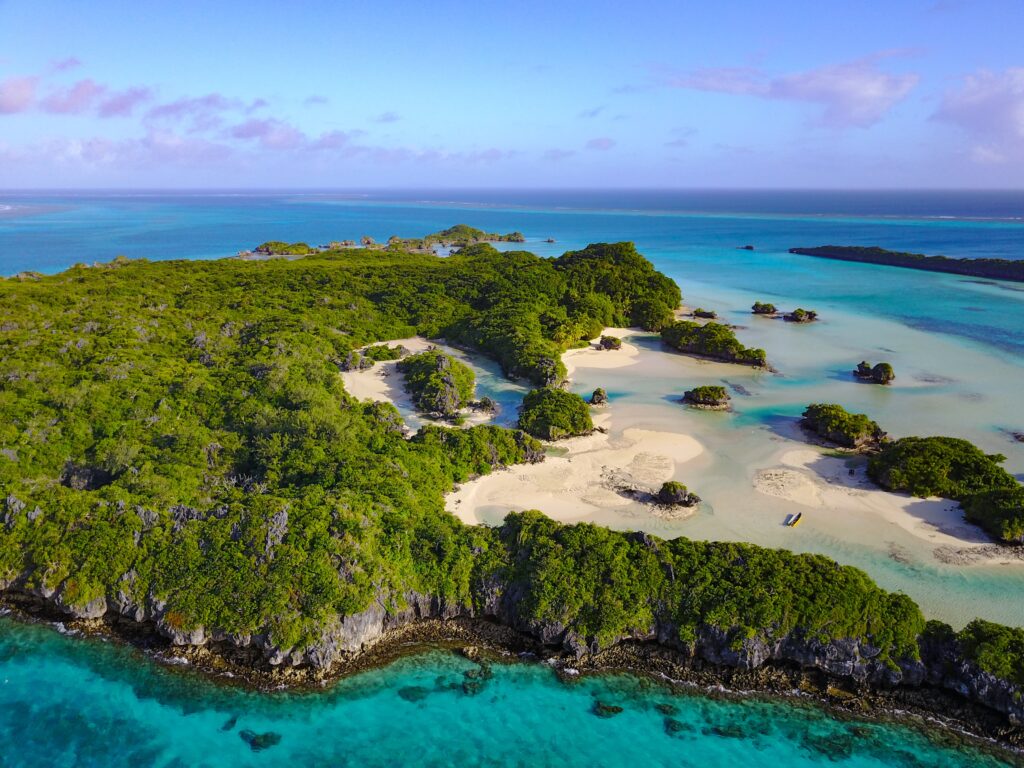
Fiji 88%Cook Islands 95%
Fiji 0Cook Islands 0
This subproject geography includes territories of two Indigenous Polynesian peoples with a shared cultural heritage – the House of Ariki in the Cook Islands, and the Bose Vanua o Lau in Fiji. The Cook Islands consists of fifteen islands spread over roughly 1.9 million km2 of ocean. The marine biodiversity of the Cook Islands is globally exceptional, home to seabirds, coral reefs, coastal and lagoon habitats, and a range of migratory species including sharks and whales. With limited pressure on its marine resources, there is a positive trend of increasing coral cover, despite documented incidents of bleaching events and ocean acidification. To conserve these remarkable resources, the Parliament of the Cook Islands passed the Exclusive Economic Zone (EEZ)-scale Marae Moana Marine Park, created in 2017, with roughly 324,000 km2 earmarked for higher levels of protection, making it the largest multiple-use marine protected area in the world at the time of its passage. Fiji consists of more than 300 islands, most of which are volcanic, and about 100 of which are inhabited, covering a total land area of 18,376 km2 and an EEZ of 1.29 million km2 of ocean. The Lau Seascape estimated at 335,000 km2 is Fiji’s most remote archipelago. Lau has been declared a significant Marine Ecoregion; global analyses of marine biodiversity consistently place the Lau archipelago among the highest priorities for conservation, as a hotspot for species richness and species endemism, housing species nesting and breeding for endemic birds, insects, snakes, green and hawksbill turtles as well as the endemic clam and migratory paths of mega cetaceans.

The Indigenous Movement for Peace Advancement and Conflict Transformation (IMPACT) in the Kenyan rangelands supports Indigenous Peoples in securing re...
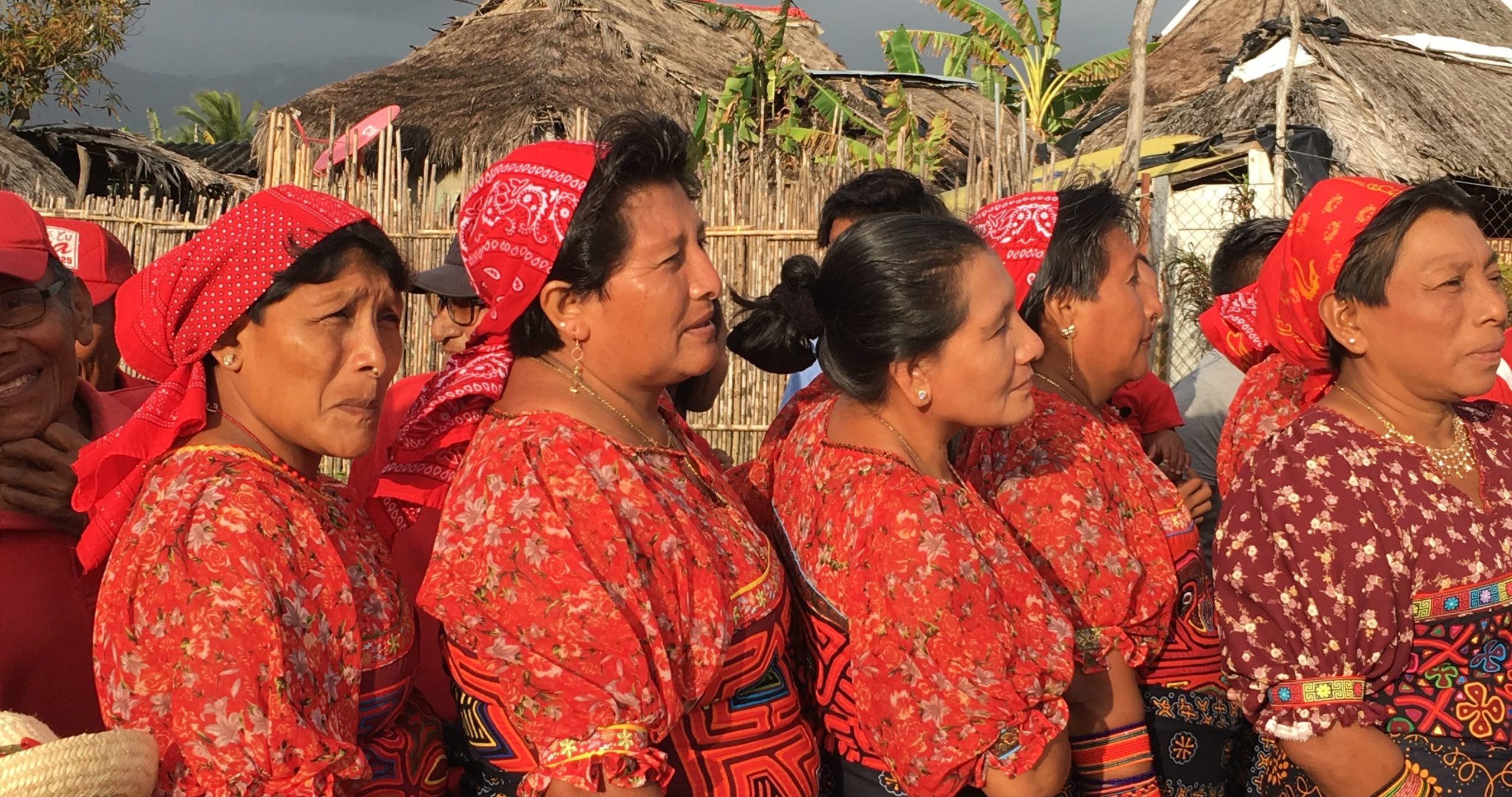
In Guatemala and Panama, a consortium of Indigenous organizations led by Sotz’il is working to foster the Indigenous use, management, and conservati...
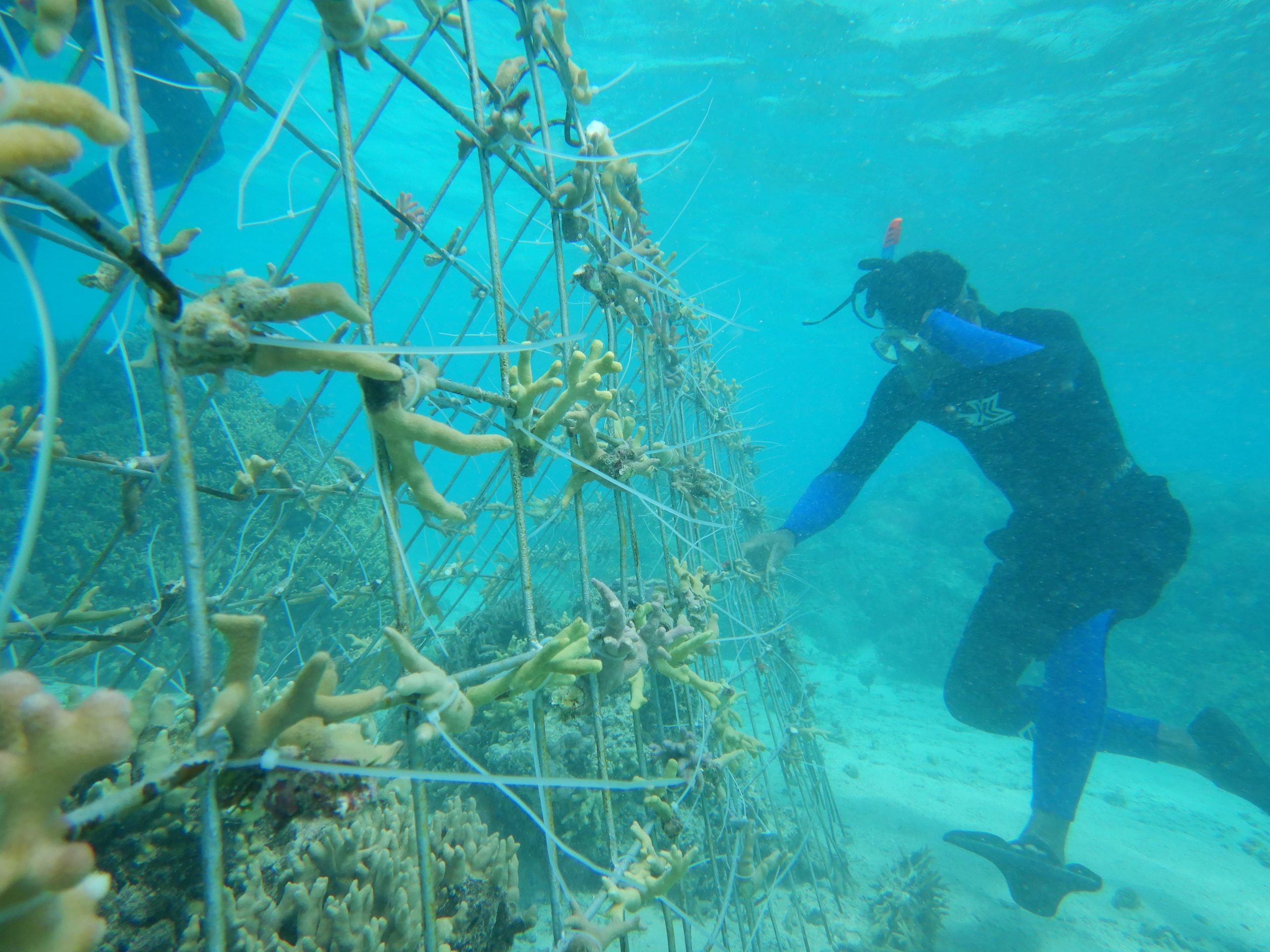
The Bose Vanua o Lau in Fiji and the House of Ariki in the Cook Islands work together through ICI to advance Indigenous Peoples’ goals for sustain...